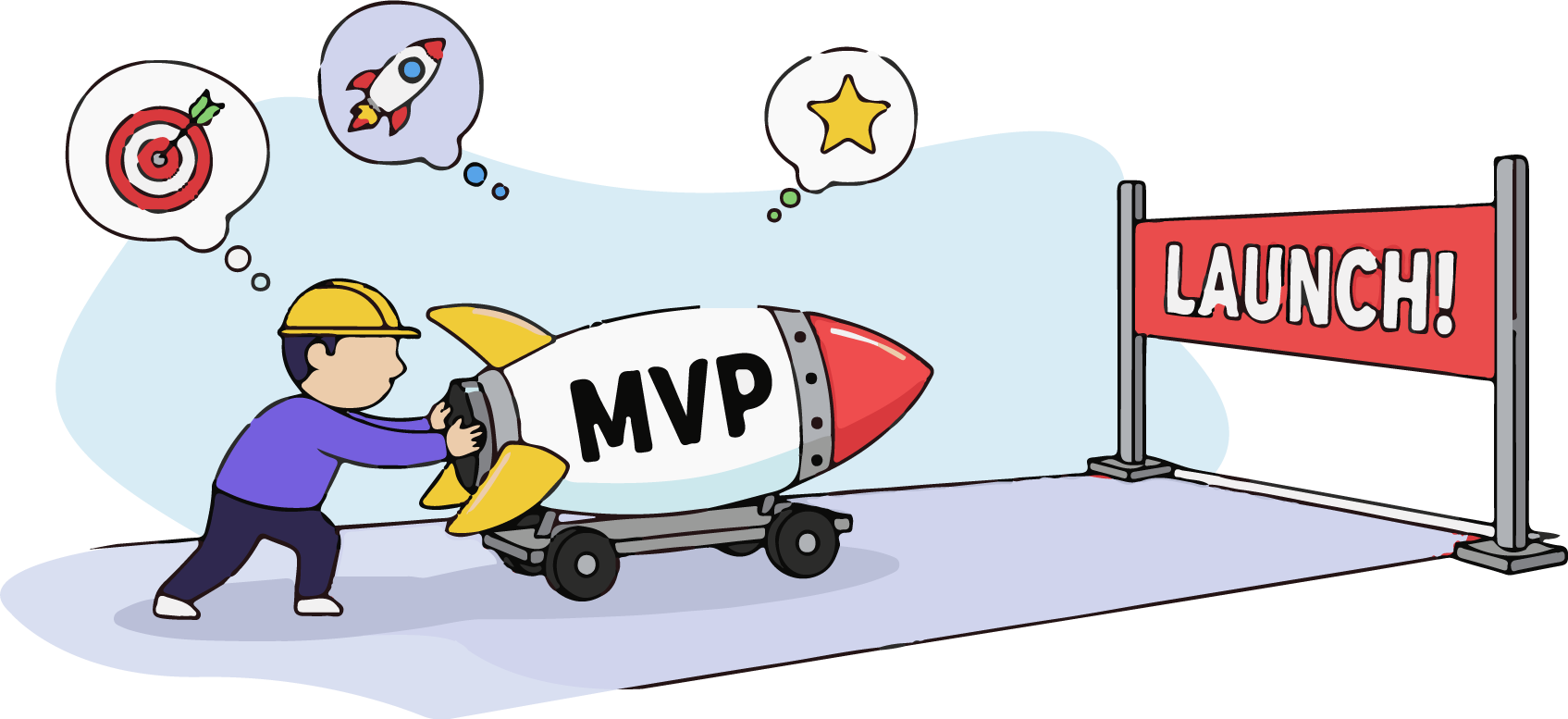Now Reading: Agile Backlog Refinement: Startup MVP Launch Case Study
-
01
Agile Backlog Refinement: Startup MVP Launch Case Study
Agile Backlog Refinement: Startup MVP Launch Case Study
How “Innovate Inc.” went from a brainstormed feature list to a focused, actionable plan for their critical first product launch.

The Challenge: From a Mountain of Ideas to a Molehill of a Plan
Innovate Inc., a new SaaS startup, had a brilliant idea and a whiteboard covered in a chaotic masterpiece of sticky notes. With a small team and a tight runway, they faced a classic startup dilemma: what do we build first? Their “backlog” was a scattered collection of notes, stakeholder wishes, and technical ideas. Every idea felt critical, but their capacity was finite.
This lack of a clear, prioritized plan led to unfocused development efforts and mounting pressure. The lead engineer confessed, “I spent three days on a reporting feature I thought was key, only to find out we needed to pivot to social login. That’s three days we’ll never get back.” The constant context-switching was burning valuable time and creating a palpable sense of anxiety as their launch deadline approached.
The Solution: A Structured Refinement Session to Forge a Path
The product owner introduced the Agile Backlog Refiner to bring structure to their chaos. They scheduled a 3-hour collaborative session with the entire team, projecting the tool onto the main screen for all to see.
- Establishing Pillars with Epic Decomposition (Step 2): The first action was to wrangle the chaos. Together, they grouped the dozens of scattered ideas into three clear, high-level epics: “Core User Onboarding,” “The ‘Aha!’ Moment Dashboard,” and “Essential Reporting.” This simple act of categorization immediately turned a mountain of tasks into three manageable hills.
- Ruthless Prioritization with MoSCoW (Step 3): They broke down each epic into smaller Product Backlog Items (PBIs). This is where the magic happened. Using the MoSCoW method, the team was forced to have the hard conversations. The product owner would ask, “For our Day 1 launch, is ‘Profile Picture Upload’ a Must Have or a Could Have?” This framework depersonalized the debate, focusing it on user value. “Password Reset” was unanimously a ‘Must Have’, while the profile picture feature was respectfully moved to the ‘Could Have’ list.
- Creating Clarity with User Stories (Step 4): For each “Must Have” PBI, they wrote clear user stories and acceptance criteria. This eliminated ambiguity. For example, the vague PBI “User Login” was transformed into a crystal-clear story: “As a new user, I want to log in with my email and password so that I can access my account securely.” The acceptance criteria checklist ensured engineers knew exactly what “done” looked like.
- Building a Realistic Roadmap (Step 6): With a prioritized and estimated list of PBIs, they used the sprint planning view. They set their team capacity based on real-world data and dragged the highest priority items into Sprint 1 and Sprint 2. The tool’s capacity tracker instantly showed them that their initial ambition was too high, forcing them to create a realistic, achievable roadmap for the launch.
Tool Spotlight: How the Refiner Made the Difference
- The MoSCoW Framework (Step 3): Forcing the “Must Have” vs. “Should Have” conversation was critical. It provided a neutral, industry-standard framework that depersonalized decisions and focused the team on core user value for the MVP.
- Integrated User Story Refinement (Step 4): Linking user stories and acceptance criteria directly to PBIs ensured that every piece of work was well-defined before a single line of code was written.
- Visual Sprint Planning (Step 6): The drag-and-drop interface for sprint planning, complete with a capacity tracker, made it easy to see what was realistically achievable. It turned wishful thinking into a concrete, two-sprint launch plan.

